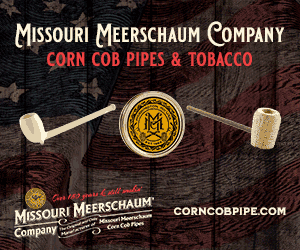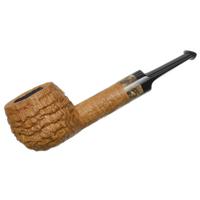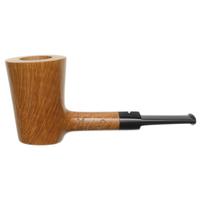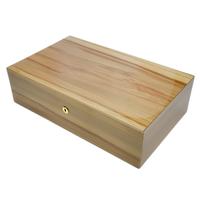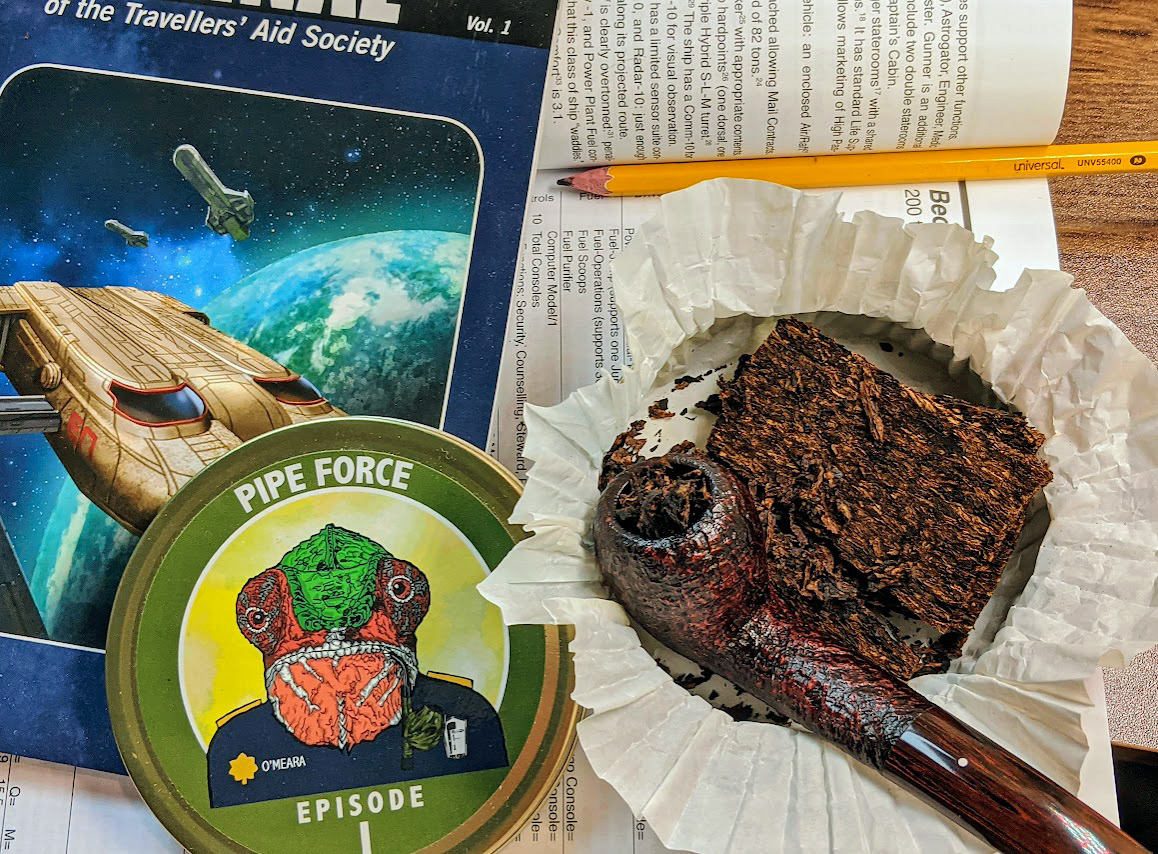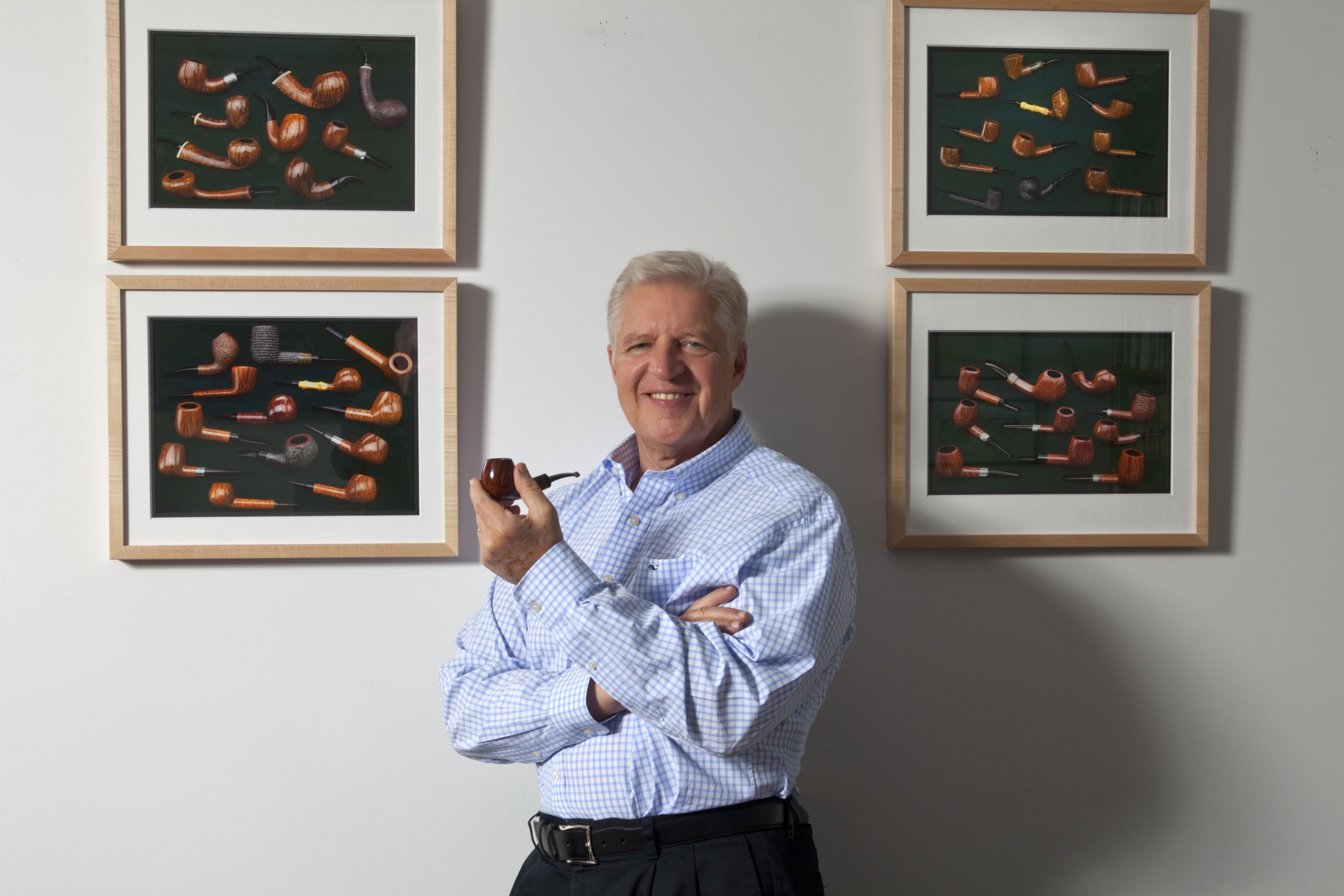By: John St. Mark
 You may have heard about Robert Mondavi’s passing last year, just as his 95th birthday was approaching; he was much celebrated for his many accomplishments, including a prominent role as ambassador for wine to the American public, and ambassador to the world for American wine. His legacy extends far beyond his namesake winery in the Napa Valley, but that is a great place to visit if you would like to learn about his contributions to the wine industry, and about winemaking generally.
You may have heard about Robert Mondavi’s passing last year, just as his 95th birthday was approaching; he was much celebrated for his many accomplishments, including a prominent role as ambassador for wine to the American public, and ambassador to the world for American wine. His legacy extends far beyond his namesake winery in the Napa Valley, but that is a great place to visit if you would like to learn about his contributions to the wine industry, and about winemaking generally.
The Robert Mondavi Winery is located in the heart of the Napa Valley, right off Highway 29 in the Oakville district. The property was first planted to grapevines in 1868 by a man named H. W. Crabbe, who is believed to be the first to plant cabernet sauvignon in the Valley (this area is still considered prime country for cabernet.) Mondavi purchased his first eleven acres and built the winery in 1966, after a falling out with his brother Peter, with whom he had been running the Charles Krug winery up the road in Saint Helena (their father, Cesare Mondavi, had purchased Krug back in 1943. Peter and his family still own Charles Krug.) Like his father before him, Robert was able to forge strong relationships with local growers; although the winery now owns about 500 acres of vineyard, it continues to purchase fruit from a number of highly sought after growers.
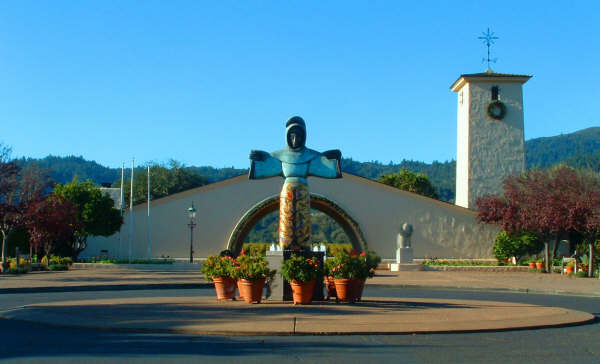
As you approach the winery you will be greeted by the iconic arch and tower, designed by Cliff May and inspired by the early California missions, which can be seen on the wine labels (an important aspect of the initial design is that it has permitted considerable expansion of the production facilities without significantly altering the overall aesthetic appearance, as seen from the entrance.) The archway frames a pleasant view of vineyards on the valley floor and the Oakville bench beyond, with the Mayacamas range in the background. Passing through the arch, you will find a spacious tasting room, the visitors’ center, and a gift shop. If you explore a little further, you will encounter a private tasting room for wine club members and the To Kalon room, a reserve tasting room offering limited production wines, including older vintages, some of which are unavailable outside the winery ("To Kalon" was the brand name used for wine produced on the property back in the 1800s; it means something like "The Good" in Greek. Robert Mondavi revived the name, and RMW’s Oakville vineyard property is referred to as the To Kalon vineyard.) Tasting fees will vary depending on the wines you select.

Tours of the vineyard and winery are offered throughout the year, and they are scheduled at frequent intervals whenever the winery is open. Weather permitting, the tour will include a short walk into the vineyard where you will see how the vines are cultivated (if you are there in late summer or fall, you may also have the opportunity to taste some grapes. They tend to be small – about the size of a blueberry, depending on the variety – with thicker skins, abundant seeds and intense flavor…and they can get very sweet!) You will then get a look at the inner workings of the winery, including the fermentation tanks and the barrel cellar. Feel free to ask questions; this is a great opportunity to clear up any doubts you may have about how wine is made, and questions will liven up the tour. The guides love talking about this stuff.
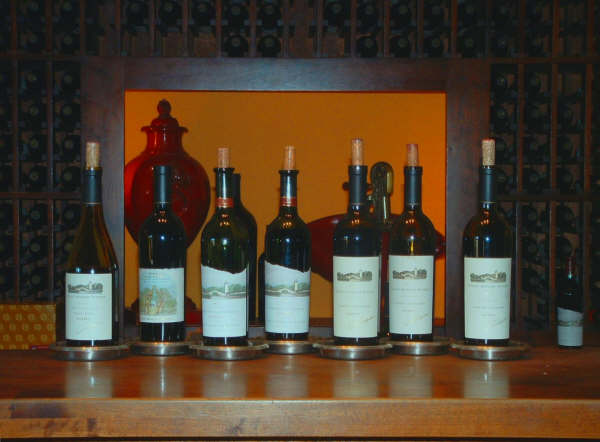
The standard tour finishes with a tasting of selected wines, including some discussion of tasting technique and protocol. If you are interested in a program with a more specific focus (such as sensory evaluation, or something involving wine and food pairing, for example) you should check the website or phone ahead; these programs are offered less frequently and usually require a reservation in advance. That might be a good idea in any case, as the regular tours can also sell out, especially in high season. There is a fee for the tours and other educational programs.
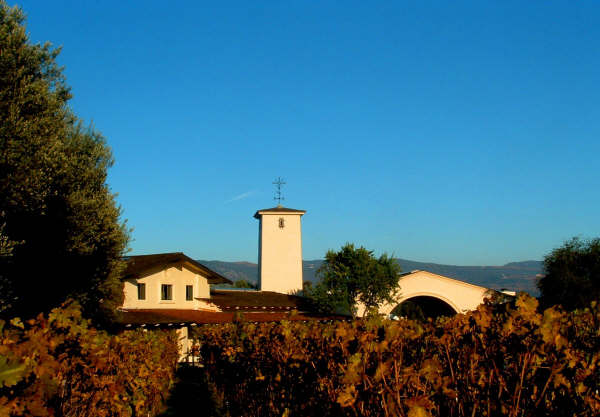
Robert Mondavi’s marketing success has been achieved in part by associating moderate wine consumption with a gracious style of living that also includes good food, music and the visual arts. To this end the winery hosts programs with renowned chefs, a summer concert series, and ongoing art exhibits. Check with them to find out what is scheduled for the time you plan to visit.
If the label says "Robert Mondavi Winery" then the wine was made at the winery’s Napa Valley facilities using Napa Valley grapes, but bear in mind that the Mondavi name is also associated with wines produced at several other locations.
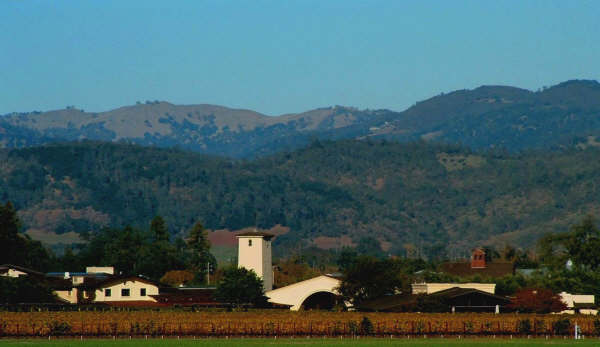
Woodbridge, the largest Mondavi brand in terms of volume, is produced at a facility in California’s Central Valley with fruit sourced from various locations around the state. The Napa Valley is limited in size and costs are relatively high, so the Woodbridge brand was created to produce a reliable table wine at an accessible price for everyday drinking.
Private Selection, formerly known as Coastal, might be thought of as a virtual winery; fruit is sourced from selected locations and vinified at contracted facilities.
We already mentioned the Peter Mondavi family and the Charles Krug winery; they account for the "CK Mondavi" label.
In addition, both of Robert’s sons have established labels of their own: R. Michael Mondavi, who founded RMW along with his father, created Folio Wine Partners in 2004, and Tim Mondavi, who was the titular head of wine growing at RMW for many years, has been making wine under the Continuum label since 2005.
Although the original Robert Mondavi Winery is no longer in family hands (it is now controlled by New York-based Constellation Brands) it continues to embody the vision of its founder, and it remains a very popular Napa Valley destination. It can get busy, especially during the holidays, so remember to make a reservation if you are interested in a specific program. Of course, you may just want to drop by, browse in the gift shop, and sip a glass of wine under the arch as the sun goes down behind the Mayacamas …




